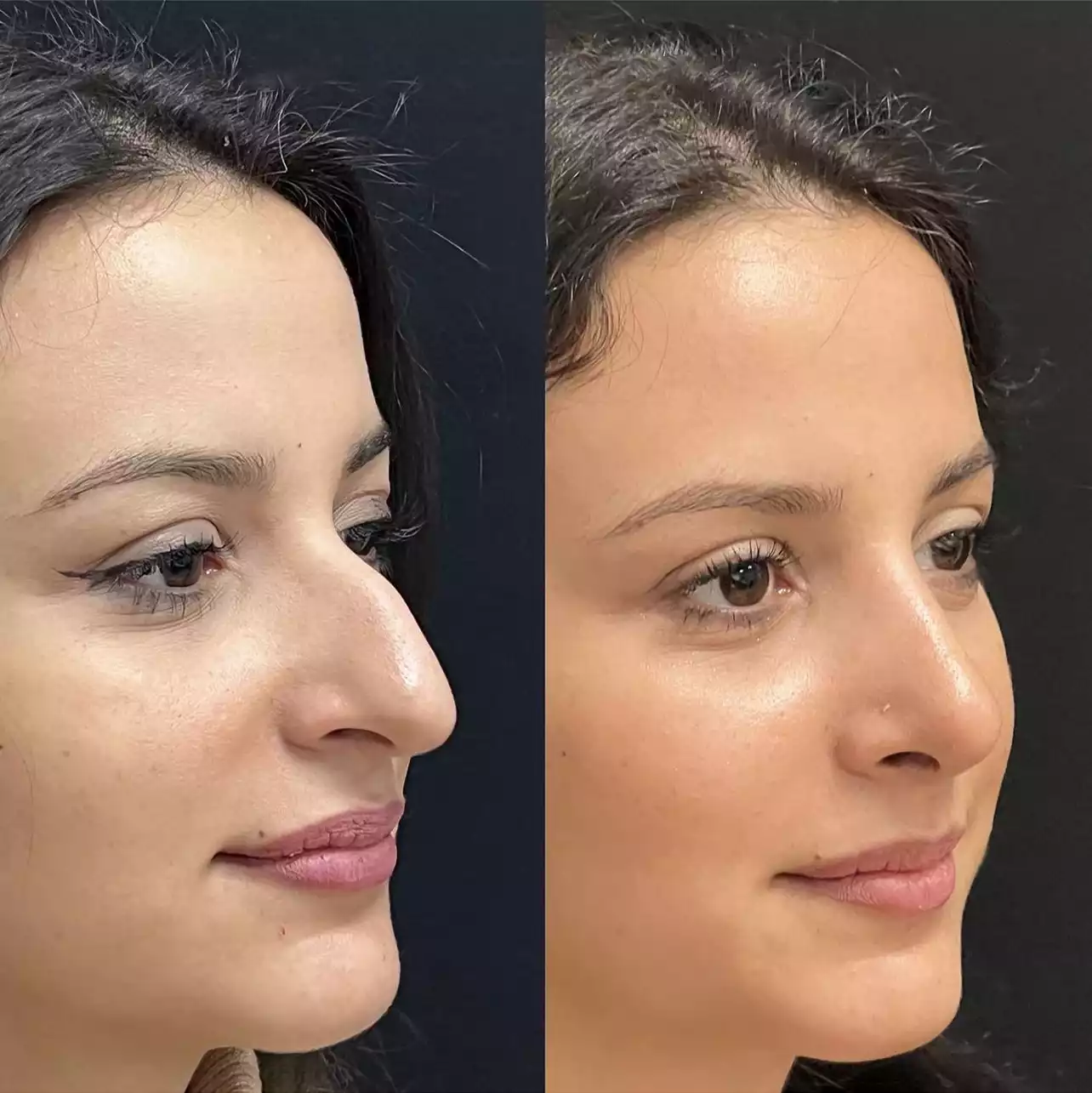

An internal link is a hyperlink that directs users to another page or file within the same website or domain. It can link to text, an image, or any file that belongs to the same site. Internal links make it easier for users to navigate and open other pages on your website.
Internal links differ from external links. An external link sends users to a different website or domain, while an internal link keeps them on the same domain. Both types of links guide users to additional content.
Sometimes links may look internal but behave like external links. This happens when a site uses multiple domains. For instance, a brand may have one domain for products and another for checkout, which makes the links technically external despite belonging to the same brand.
Websites rely on internal links to help users access multiple pages easily. Websites with many pages especially need internal links. They also help search engines crawl, understand, and rank your website more effectively.
In this guide, we’ll explain the key differences between internal and external links.
So let’s get started.
What Are External Links?
External links have several uses, but their primary role is to show where you sourced your facts or ideas. When writing blogs with data or references, it’s important to credit the original source.
Always ensure the site you link to is credible. This improves the accuracy and reliability of your content. Readers often evaluate your site based on the quality of your sources.
If your references are unreliable, visitors may leave your site. Therefore, every fact should link to a trustworthy source.
External links perform best when pointing to reputable sites, such as those ending in .gov or .edu, which usually provide research-backed information.
Many website owners hesitate to add external links, fearing users will leave their site. You can prevent this by opening links in a new tab.
Search engines, like Google, also notice your external links. Linking to authoritative sites signals that your content is trustworthy and well-researched.
What Are Internal Links?
Internal links connect different pages on your own website. They create a clear and organized structure. These links can be applied to text, images, videos, or other on-site elements.
Linking Pages in Your Site
Internal links benefit your site in multiple ways. First, they guide users to pages that align with what they’re currently viewing. This helps visitors find more relevant content and explore your site further.
By directing users effectively, they get the information they want or take the action you intend. More page visits mean users spend longer on your site, which positively impacts your metrics.
Easy navigation indicates a user-friendly website.
Spread Link Authority
Link authority, or “link juice,” flows through internal links. If a page (Page X) earns a backlink, it gains authority from that link.
You can use internal links to pass this authority to other pages, boosting their chances to rank higher on search engines.
Allow Crawling
Internal links also assist search engines in discovering more pages. They help crawlers understand your site’s structure and content.
These links make better use of your crawl budget. Properly linked pages keep crawlers engaged longer, enabling them to index your site faster and more efficiently.
Why Internal Links Are Essential for SEO
We strongly support internal linking—chances are you’ve seen it throughout our site. Internal links are vital for SEO for several reasons:
Site Structure:
Internal links define your website’s structure. Well-linked content allows search engines to crawl and index pages efficiently. A well-organized link structure helps Google quickly understand your site, leading to faster indexing and better rankings.
Ranking Power Spreads:
When one page links to another, it shares part of its authority. This boost increases the linked page’s visibility in search results. Strategic internal linking allows your content to reinforce itself and strengthens the ranking potential of your entire website.
User Experience:
Internal links guide visitors through your site, making it easy to explore more pages, blogs, and offerings. This keeps users engaged, helps them find what they need, and increases the likelihood of conversion. Clear navigation creates a smoother experience, driving more leads and sales.






